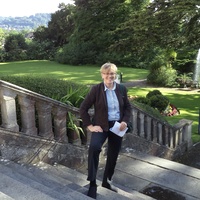
Ann Bostrom
Address: Seattle, Washington, United States
less
Related Authors
Jameel M Al-Khayri
King Faisal University
Samia Hurst
Université de Genève
John Tasioulas
University of Oxford
Linda MacDonald Glenn
University of California, Santa Cruz
Sergio Rego
Fundação Oswaldo Cruz
Maja Vasiljevic
University of Belgrade
Sabina Passamonti
Università degli Studi di Trieste
Viacheslav Kuleshov
Stockholm University
Stefano Anastasia
University of Rome Unitelma Sapienza - Italy
Jakob Tanner
University of Zurich, Switzerland


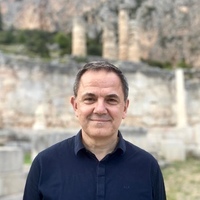

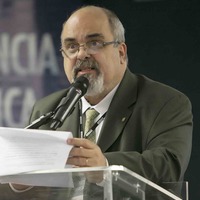

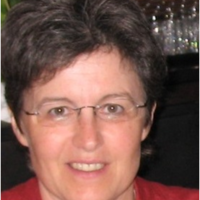


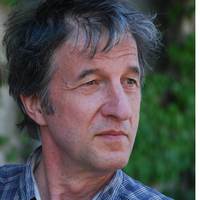
Uploads
Papers by Ann Bostrom